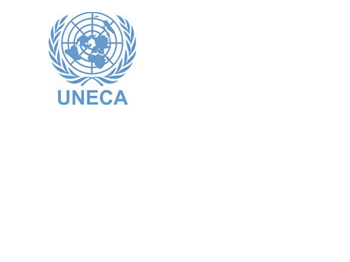Capacity Building: One more externality?
Here at LEED we emphasize the importance of fostering local capacity in all that we do; the value of increasing local skills, knowledge, and abilities cannot be overstated. We often posit that our interventions and approaches strengthen local capacities. This core value becomes one more attribute that enhances our initiatives as compared to others. But does capacity building really matter? Of course it matters in terms of our view of sustainable development, but is it really valued by those who benefit from it—the local individuals and communities?
In economics, a positive externality is something from which people benefit, but that benefit is not represented in the market price. This benefit is not represented because it is not universally recognized—at least not by the people demanding it—and thus not truly appreciated. For instance, the amount that someone is willing to pay for cold medicine is based on how much the drugs will benefit that individual patient. The fact that the patient’s co-workers and family members will also benefit from the patient’s use of drugs (the duration that he is contagious will be reduced) is not reflected in the market price of the drugs. It’s an added bonus—a positive externality. Can capacity building ever be more than just an added bonus? Is it possible to show that it has significant merit and is well worth the intervention—that it is something with value, to be valued?
Here at LEED we not only incorporate capacity building into all that we do, but we work to raise awareness of this core value. Whether working to develop formal biomedical engineering curricula in Zambia, supporting local design competitions (https://www.bu.edu/leed/what-we-do/education/), or working with local medical schools to design and develop appropriate technologies, advancing local capacities is the cornerstone of all that we do.
LEED is committed to helping developing countries solve their most pressing public health issues while simultaneously supplying them with the ability to meet their future needs. While capacity building may be merely a positive externality today, we hope to make it a prominent, direct part of all development work moving forward.
By Dan Lustick











